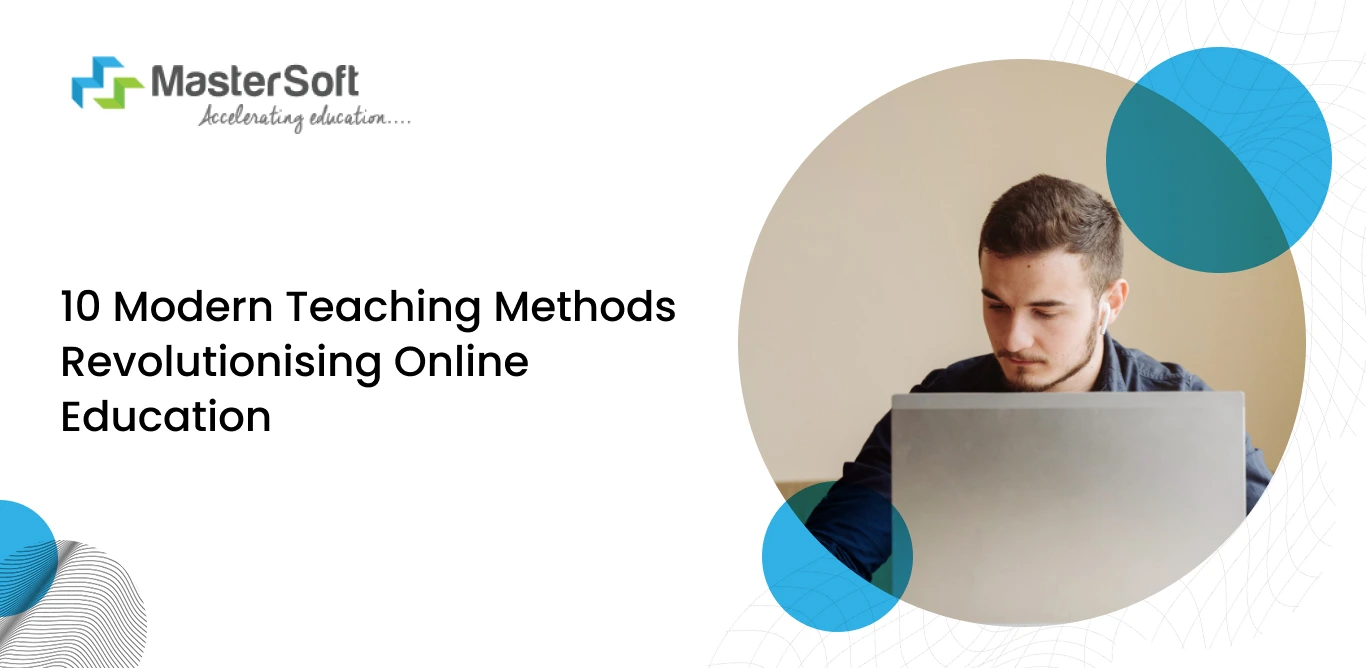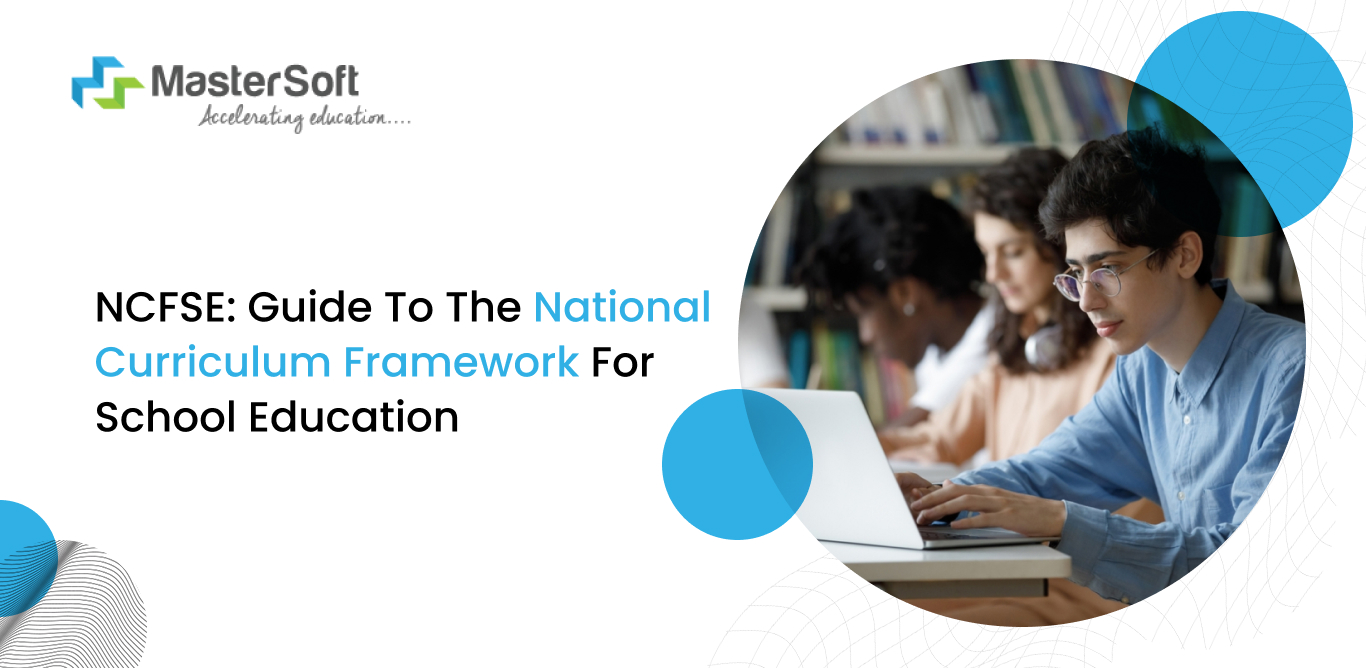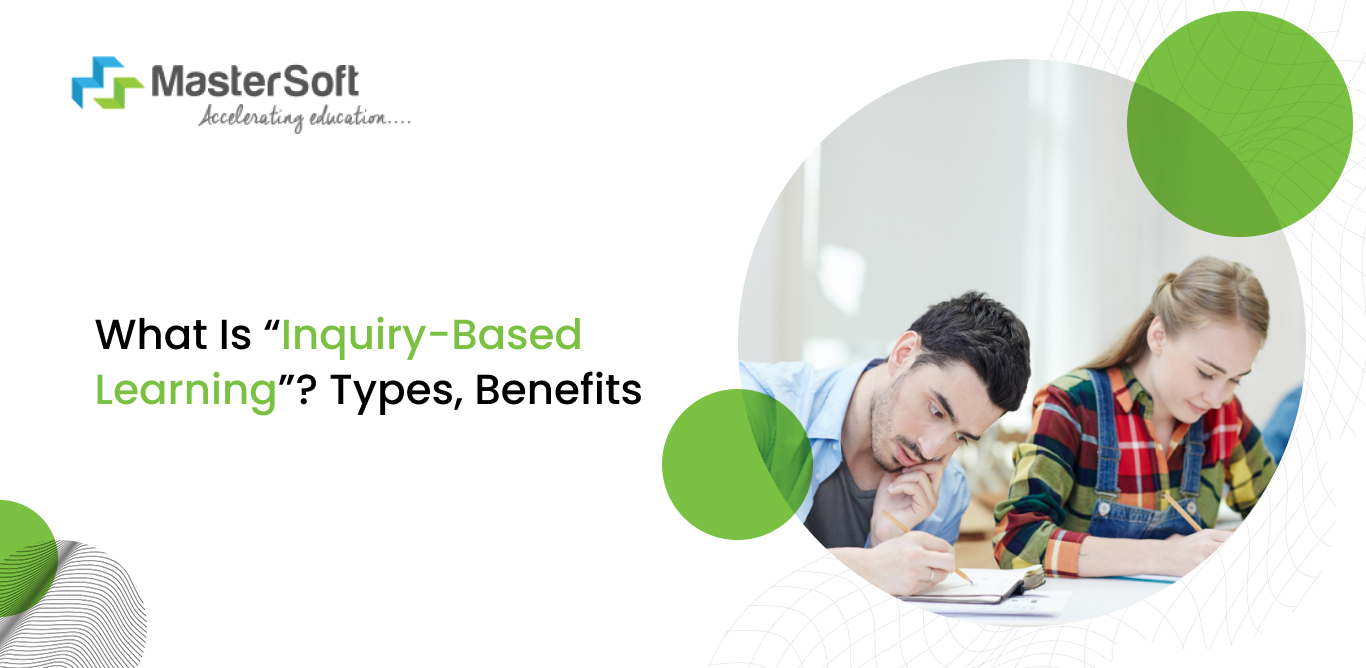15, May 2023
Technology improvements and the rising need for flexible learning options have made online education a popular substitute for conventional brick-and-mortar classrooms.
Over the past few decades, pedagogy and teaching have undergone a significant evolution.
The time when students had to listen or zone out as their teacher presented lengthy lectures is long gone.
The learning process and knowledge retention have been greatly enhanced by the incorporation of new teaching techniques into traditional and online courses.
The growing adoption of online learning has sparked the development of numerous cutting-edge teaching strategies that are revolutionising how students learn online. What, then, are these novel teaching strategies? How many types of modern teaching methods exist?
If you want to offer effective training and keep your students engaged, you need to become familiar with these cutting-edge modern methods of teaching, whether you're a teacher in elementary, secondary, or higher school or an online instructor.
10 Modern Teaching Methods Transforming Online Education:

Flipped Classroom:
In a Flipped Classroom, students watch pre-recorded lectures or read materials before class. During class time, they work on assignments and projects with the guidance of the teacher.
This method allows students to learn at their own pace and frees up class time for more interactive and hands-on activities.
Additionally, it encourages participation and greater independence in learning among students. Students take on the role of teachers themselves rather than relying on the instructor to provide them with background information and handle all the hard work.
Project-Based Learning:
In project-based learning, the teacher sets a real-world or abstract project, and the students are responsible for making it happen. Projects seek to address practical issues rather than purely conceptual ones.
You can delegate tasks to individuals or small groups. In any event, the best illustration of active learning is when someone is engaged in a project. It encourages students to think practically and improves creativity and problem-solving skills.
Problem-Based Learning:
Even though problem-based learning and project-based learning are similar, problem-based learning is different in that the problem is presented before any other material is taught.
The best way to finish the project is decided by the learners, either jointly or independently. In problem-based learning, the level of difficulty gradually rises as we progress from foundational knowledge and early discovery to more difficult projects.
Inquiry-Based Learning:
Here, students work independently to complete a project or develop a theory when the teacher poses an open-ended inquiry or assigns one.
These exercises can be completed by students individually or in small groups. The investigative technique the students should use can be explained by the teacher or left up to them to determine.
Alternatively, students can create the question and develop the answer on their own, starting from scratch. Essential analytical and reasoning abilities, as well as curiosity, are developed through inquiry-based learning.
Students pick up resourcefulness and observational skills. Additionally, this strategy works well for improving presentation and communication skills.
Collaborative Learning:
Any project or activity that students collaborate on falls under the broad category of collaborative learning. The development of important soft skills, including delegation, teamwork, collaboration, time management, decision-making, and social skills, is facilitated by a lesson plan based on collaborative learning.
As they evaluate their strengths and choose their role in the project based on their skills, learners begin to develop self-awareness through collaborative activities. They learn how their actions can have an impact on the entire group when everyone in the group is responsible for the outcome.
What Is Collaborative Learning? Benefits & Strategy Of Collaborative Learning
Cooperative Learning:
Collaborative learning is similar to this teaching strategy. The instructor divides the class into small groups, giving each member a certain task and role to play. Each group member is accountable for their part in the success of the group, and the group as a whole is accountable for reaching the desired result.
In cooperative learning, students work together to achieve a shared objective while also learning to take ownership of their actions and foster a sense of teamwork. Through peer learning and the development of their social and emotional skills, students can learn from one another using this method.
Game-Based Learning:
Gamification of the learning process is essentially what the term "game-based learning" refers to. Games are particularly intriguing because they function as a form of "distraction" from traditional learning and feature an element of active learning.
Role-playing, the internet, or group games can all be covered in the curriculum. Playing games naturally makes the classroom fun, and learning takes on the character of an adventure.
Games are intrinsically motivating for learners because they typically involve a sense of reward and accomplishment. Gamification, which uses game features like points, levels, badges, and leaderboards but isn't necessarily a game, is similar to game-based learning.
VAK (Visual, Auditory, Kinesthetic) Learning:
VAK involves all three kinds of learners, namely: visual, auditory, and kinesthetic. Textbooks, infographics, presentations, diagrams, and charts all help visual learners understand the subject material more quickly than audio learners (podcasts, movies, debates), kinesthetic learners (who act out the material), and auditory learners (who read it).
Everyone can find something to enjoy at VAK Learning, and by employing a variety of learning tools, you can be sure that your students will always be looking forward to what comes next!
Thinking-Based Learning:
Since thinking-based learning is a "complementary" type of learning, it can be combined with all teaching philosophies. Asking more in-depth inquiries and "challenging" the veracity of a given fact are examples of thinking-based activities.
After finishing a project, students can engage in thinking-based learning by reflecting on their own performance. The instructor asks the class to discuss the methods they used, what worked and what didn't, and what they could have done differently.
This method of instruction improves analytical and critical thinking abilities as well as self-awareness.
Competency-Based Learning:
Competency-based learning can be used in combination with other strategies. To determine if a student has attained the intended learning objectives and is qualified to graduate to a more difficult degree of difficulty, teachers in competency-based learning employ learner assessments and practical projects.
Learning that is competency-based is, by nature, personalised. The course syllabus is regularly modified in response to student performance; it is not predetermined.
Deep learning is supported by competency-based learning, which measures a learner's ability to apply knowledge rather than just whether they have memorised facts.
National Education Policy 2020 For Schools
Benefits of Modern Teaching Methods:
- Modern teaching methods promote engagement, active learning, and motivation among students.
- These methods can enhance creativity, imagination, and innovation among students.
- They can assist students in developing critical thinking, problem-solving, and decision-making skills.
- Modern teaching methods encourage collaboration, teamwork, and social skill development.
- By leveraging technology and multimedia resources, modern teaching methods can make learning more interactive, dynamic, and inclusive.
- They can help students personalise their learning experience and take ownership of their learning journey.
- By aligning with educational standards and learning objectives, modern teaching methods can improve academic performance and achievement among students.
- These methods can help instructors adapt to different learning styles and preferences, promoting student-centred and differentiated instruction.
- They can help students develop 21st-century skills, such as digital literacy, communication, and global awareness, preparing them for future success in the workforce and society.
In Conclusion,
A variety of contemporary teaching techniques are transforming online learning. By exploring and incorporating modern teaching methods, educators can apply pedagogy and teaching principles that promote active learning, critical thinking, and collaboration in the online classroom.
Educators can give their students more personalised, effective, and interesting learning experiences by incorporating these modern teaching methods into their teaching.
Also, modern teaching methods, such as project-based learning and gamification, can help educators apply Bloom's Taxonomy and promote higher-order thinking skills in the online learning environment.
To guarantee teachers are giving students the greatest education possible as technology evolves, they must stay current on the newest tools and instructional techniques.
Instructors can help prepare students for success in the digital age by embracing contemporary teaching techniques and utilising the power of technology.
Get Ready for Future-Ready Onscreen Digital Evaluation And Marking System With MasterSoft
Mobile: 08448010216
Email: janki.somani@iitms.co.in













